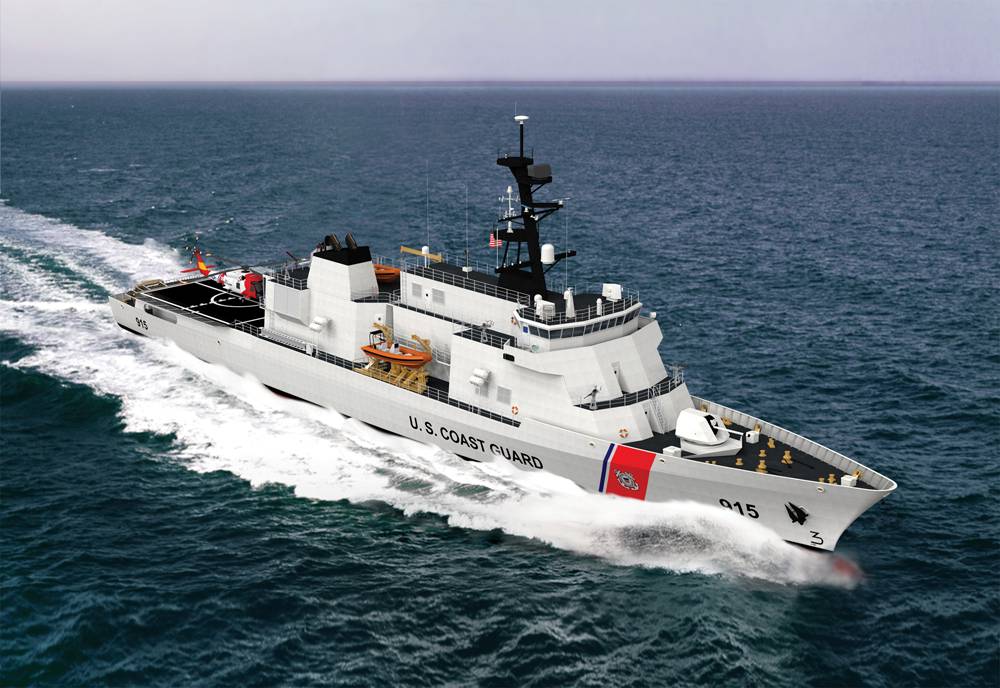Agree getting the funding is going to be the problem. I have heard that standing them barefoot on hot coals tends to elicit favourable responses but for some strange reason people seem to regard it as unconstitutional, illegal, and immoral. Drat.
As the geopolitical and geostrategic situation further deteriorates, I think that it will slowly dawn on both the political and bureaucratic elites that they are going to have to get really serious about the situation. People here are becoming more concerned as time goes by and most of the commentators, all of the media, pollies and their focus groups are missing that. I spend time reading the comments sections of news articles and on social media WRT defence and security stories just to gauge peoples mood. It's unscientific but I have been noticing a change over the last couple of years, with people being concerned about Chinese activities possibly leading to conflict and we aren't prepared for it. The Chinese trade war with Australia also woke a few ideas up and the shipping problems created by the COVID-19 pandemic have shone a light on our reliance upon seafreight and a complete lack of NZ flagged ships to fill the gaps.
Yep, barefoot on hot coals is probably out.
Big defence projects like a ship/ships replacement is a grand commitment in resource's and time.
The result is a " capability " which you really only get one shot at.
I feel the two frigate navy ( ANZAC Class ) has not served you well but for good luck in so far not being truly tested.
Going forward these ships and what replaces them may not have such a luxury.
That said, I'm wondering if funds are still not seeing the light of day, if NZ are faced with a maritime equivalent as to what the Airforce faced with the replacement of the A-4 Skyhawks.
That been a fleet without a Frigate/ Destroyer sized vessel.
Certainly not my preference, but realistically with limited funds one would want to get the proper balance of options right across defence.
If such a scenario is creditable, then the fleet will look very different in the decades ahead and the consequent options it give s government.
Some reluctant consideration may want to go into this proposition.
Then again some recognition of a changing world may get traction from those living in the land of the long white cloud.
Unfortunately I'm not so optimistic that will happen.
ngatimozart as your the local, I do trust the tea leaves read in your favour and I'm wrong.
Regards S
Ps you still can't employ the bare feet on hot coal treatment.


